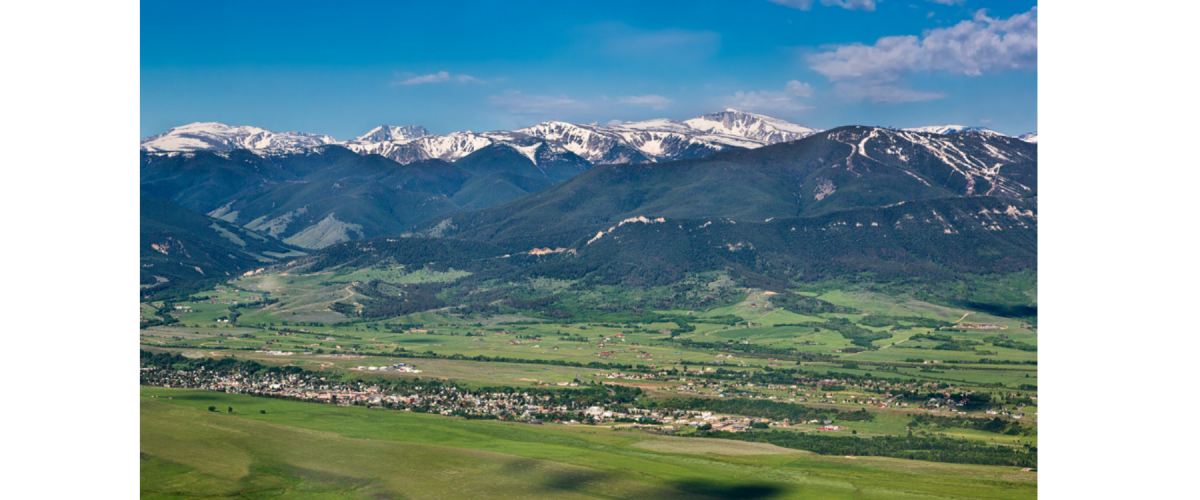Urban Renewal District

What is an urd?
(§7-15-4209 MCA) A URD is an area within a city, town, or consolidated citycounty, which is created to address a blighted area within its’ boundaries. The proposed area must contain at least three conditions of blight as defined in §7-15-4206(2) to qualify as a URD. URDs can be governed by the local government or by an Urban Renewal Agency (URA), which is authorized by the local government to carry out the powers allowed by state law. URD’s undertake projects outlined in the Urban Renewal Plan, adopted for the District, to address the conditions of blight in order to improve economic conditions within the URD.
What is "Blight" and why is this term used?
Prior to establishing an urban renewal district, a review of the area must find that conditions of blight exist. “Blight” is a legal term of art first used in federal urban renewal laws promulgated particularly during the inter-war period in the United States but really taking off post World War II. The notion at the time was that cities across America were in a state of decay and the term “blight” was used to sum up a series of conditions that contributed to the urban decay. These federal statutes and their definitions were used in the creation of many States’ urban renewal laws. For example, the Montana Urban renewal statues were adopted in 1959. Montana’s urban renewal law defines a "Blighted area" in §7-15-4206 MCA.
What is tax increment financing? (TIF)
TIF is a state authorized, locally driven, funding provision that enables cities and counties to designate a portion of property tax dollars generated within a URD or TEDD to be spent on improving economic conditions within or connecting to the District. Only that portion consisting of the net increase (increment) in taxable values is reserved for investment in the District.
Will this increase my taxes?
Property owners within the District pay at the same tax rate as those outside the District; however, as property values increase over time the difference between the base year and current year property taxes are captured by the District. Tax-Increment Financing is not an additional tax to property owners, but instead, a portion of the determined collected property taxes within the district is set aside for the sole purpose of reinvesting in growing and developing the district.
Quick facts
- 68 URD/TEDDs exist in Montana as of 2020.
- Existing URD/TEDDs have created $58 million in taxable value since 1976.
- 20 Districts have sunsetted creating $33 million in taxable value to date.
- Another potential $21.5 million in taxable value will be added in the next 5 years from 19 sunsetting Districts.
- The total incremental value of all URD/TEDD as a percentage of state total taxable value is 1.8%.
- The total increment created in 2020 was $43 million which represents just 2.45% of all property taxes collected in the state.
Examples of Montana URDs
mORE INFO
For more information regarding urban renewal, please visit Montana Code Annoted 7-15-42 "Urban Renewal"
